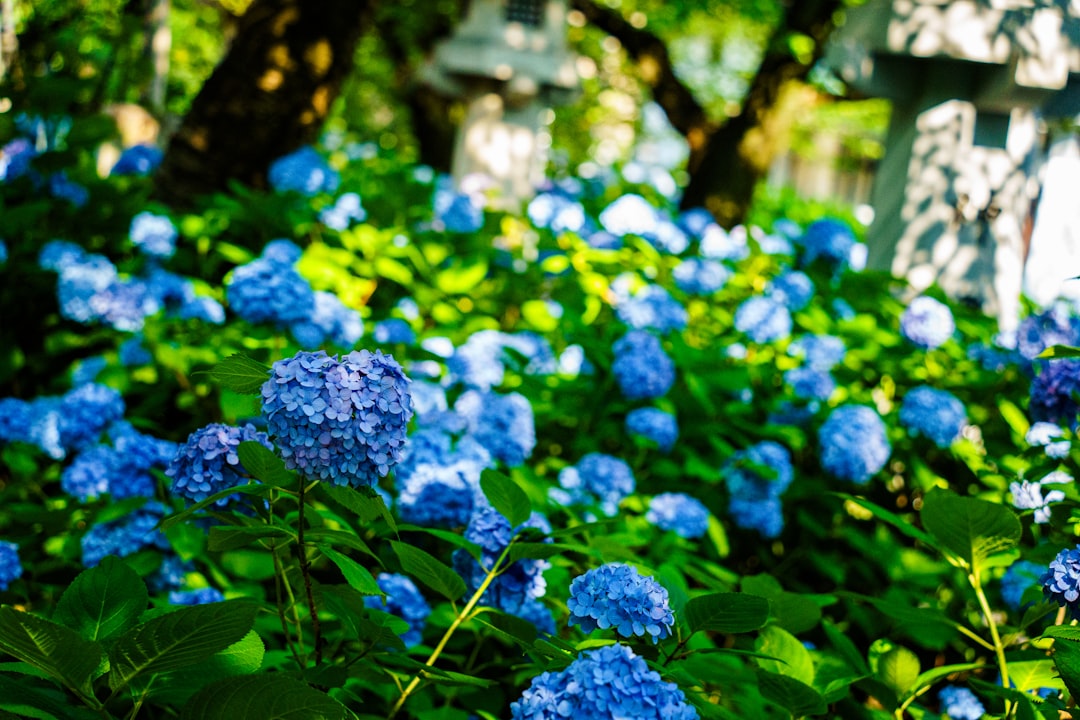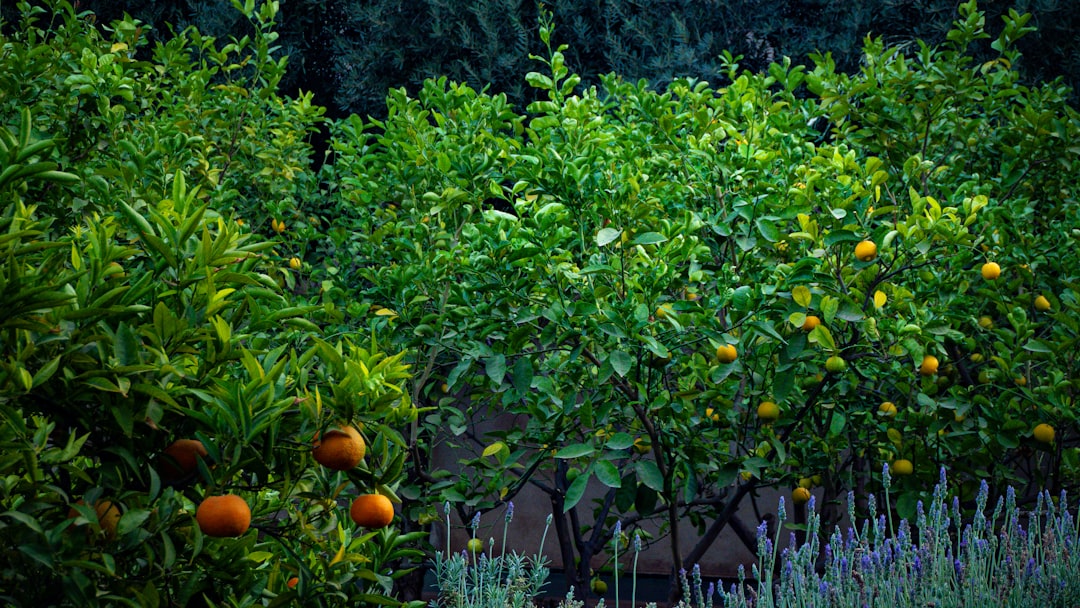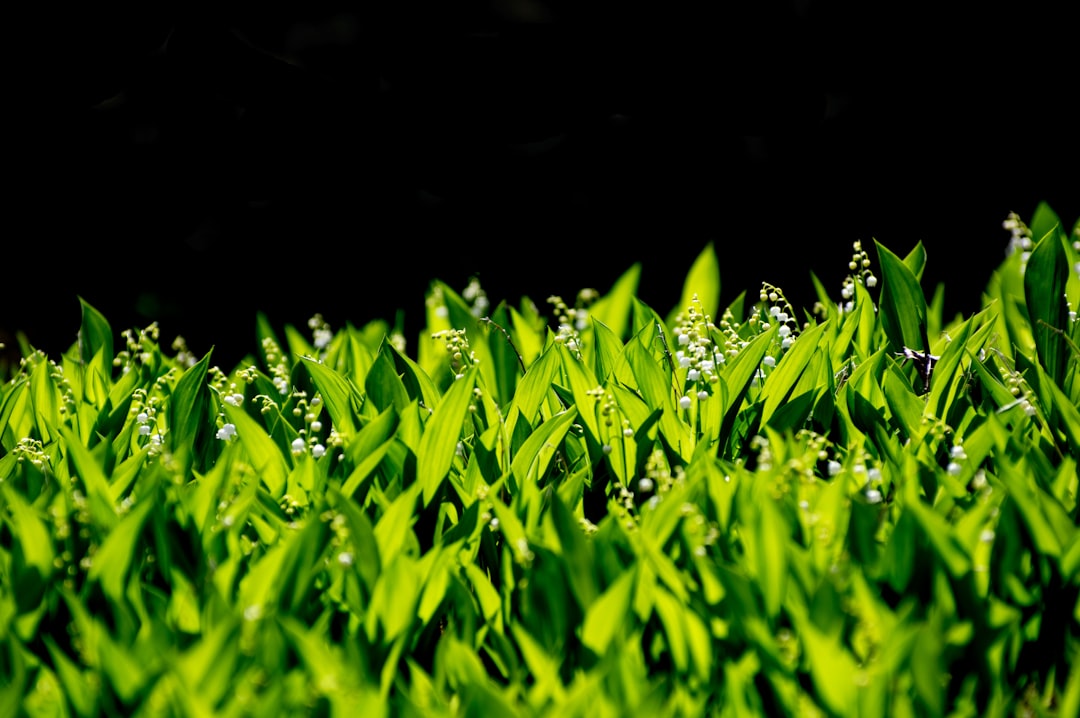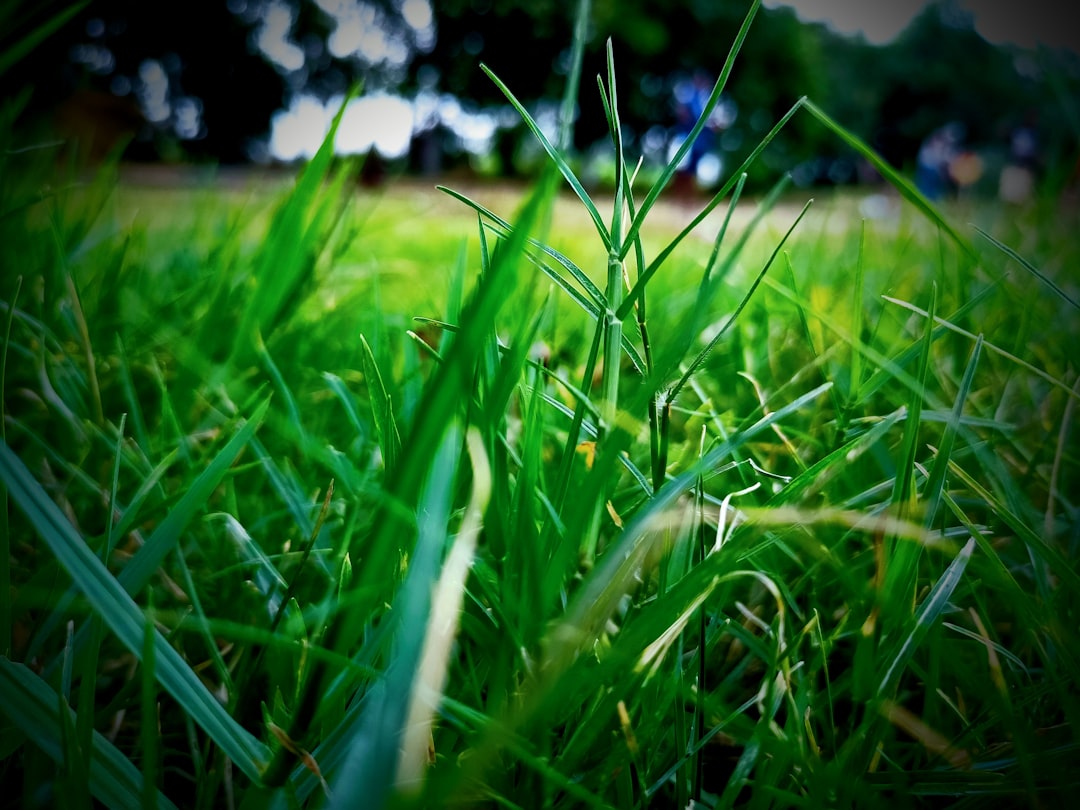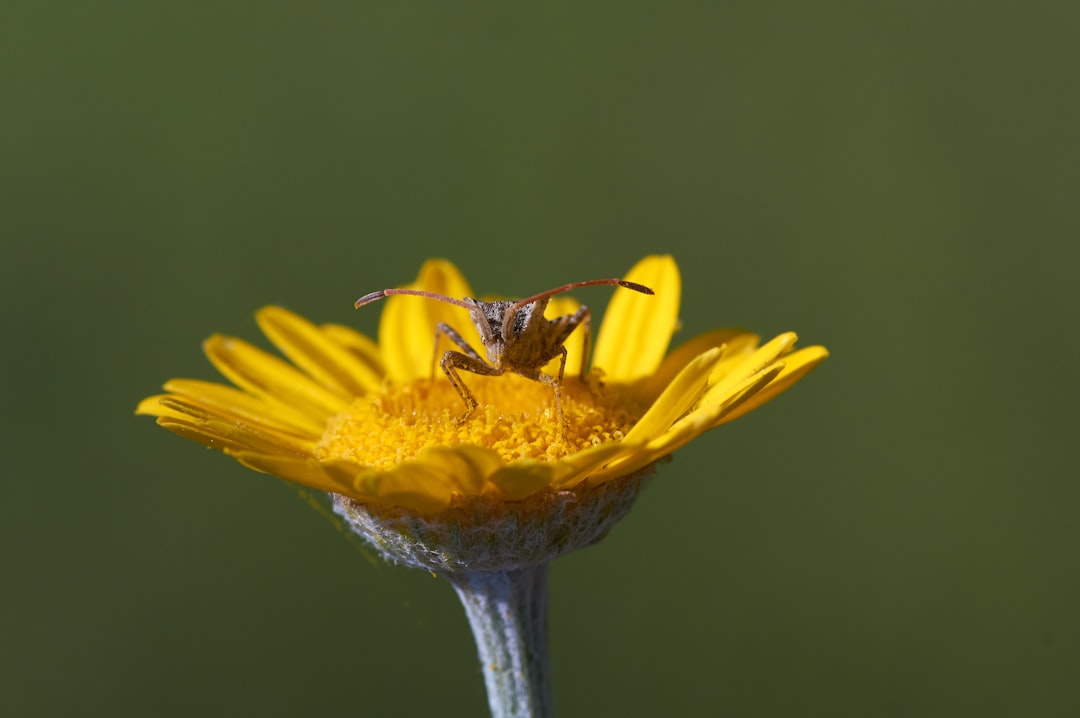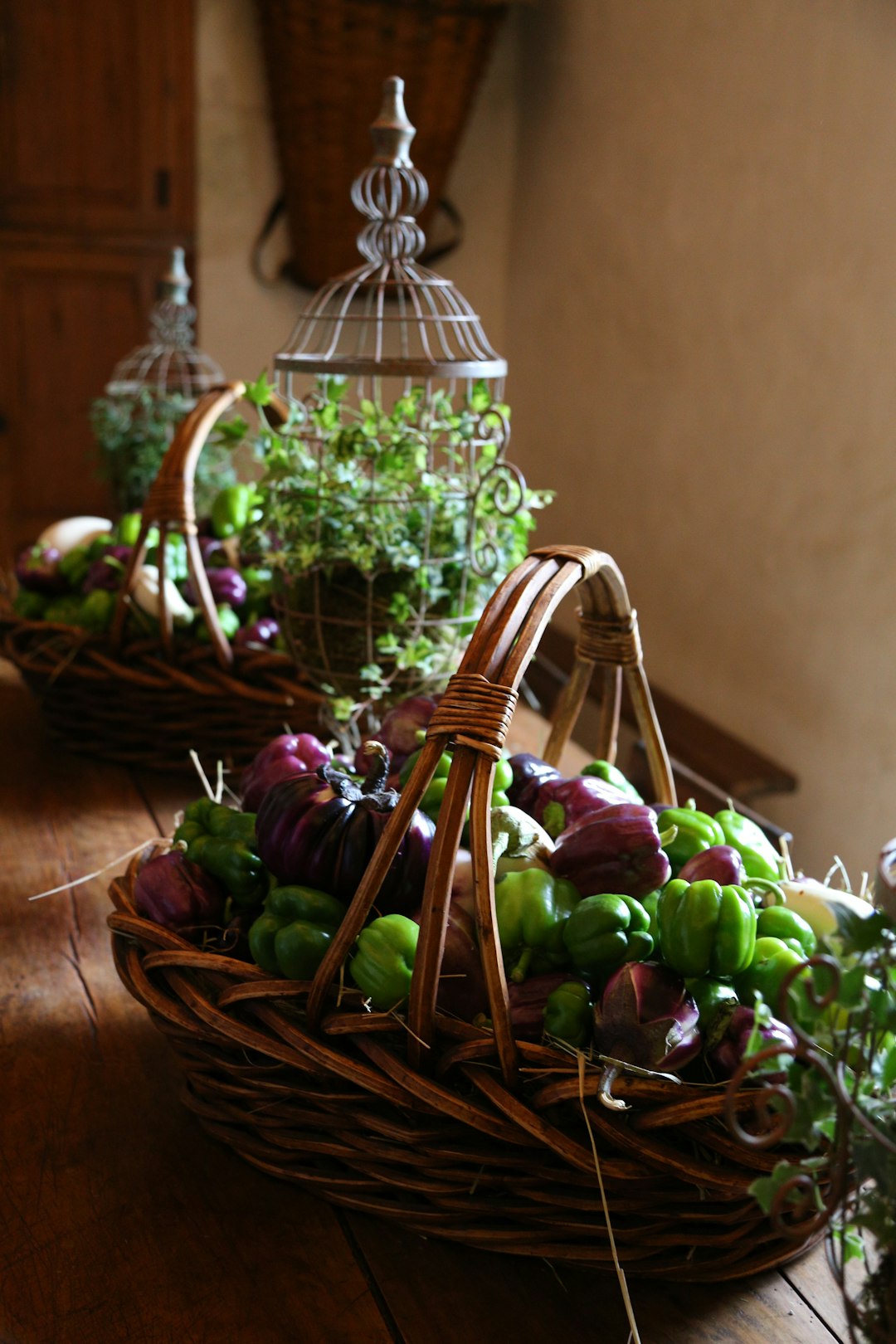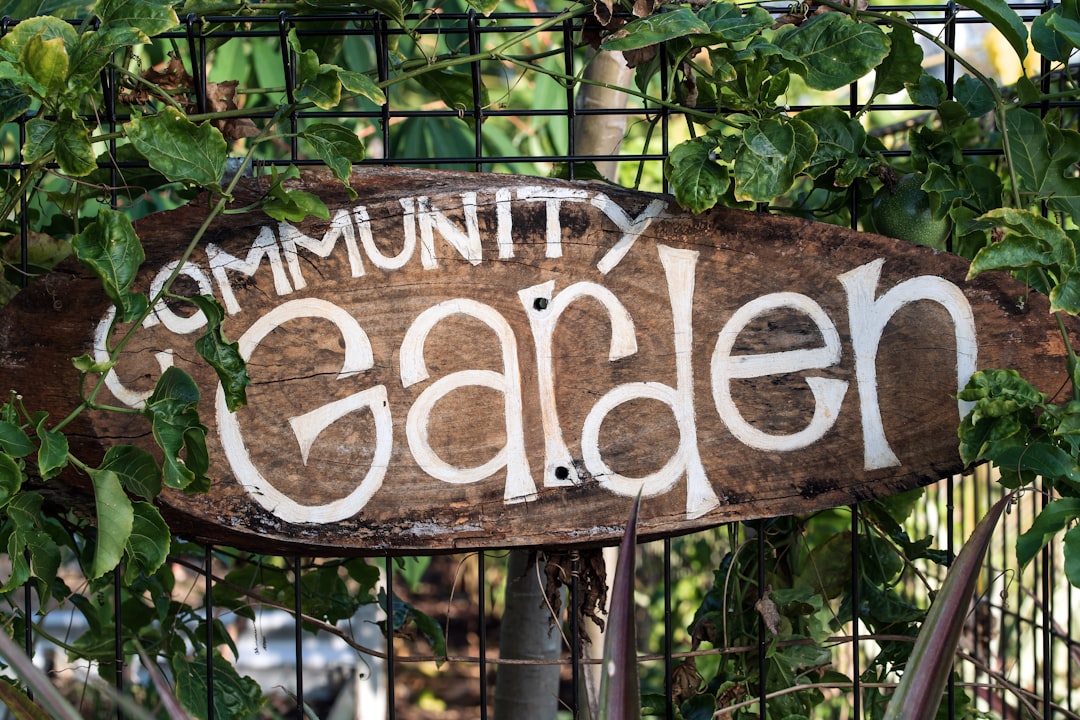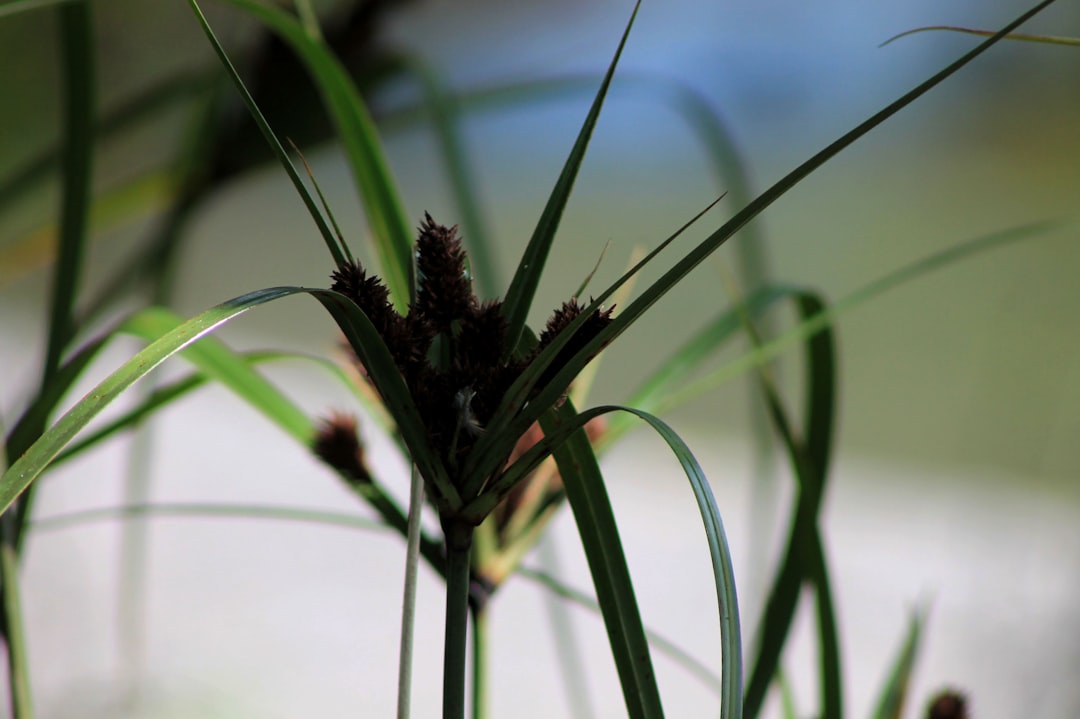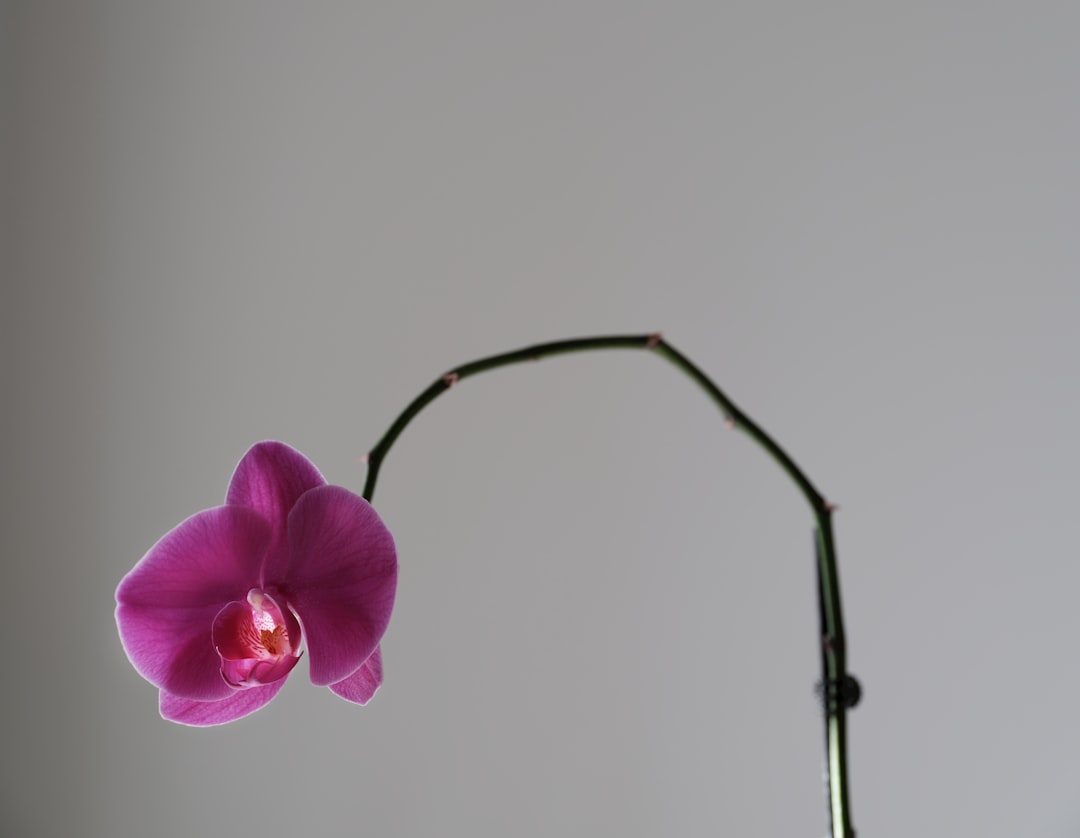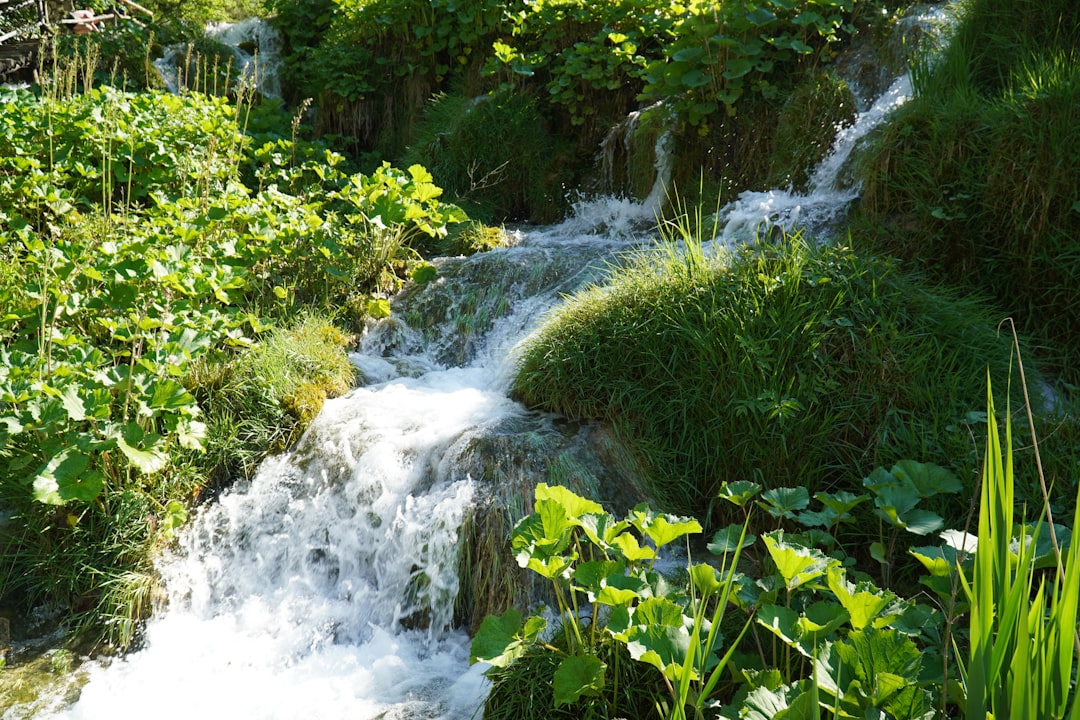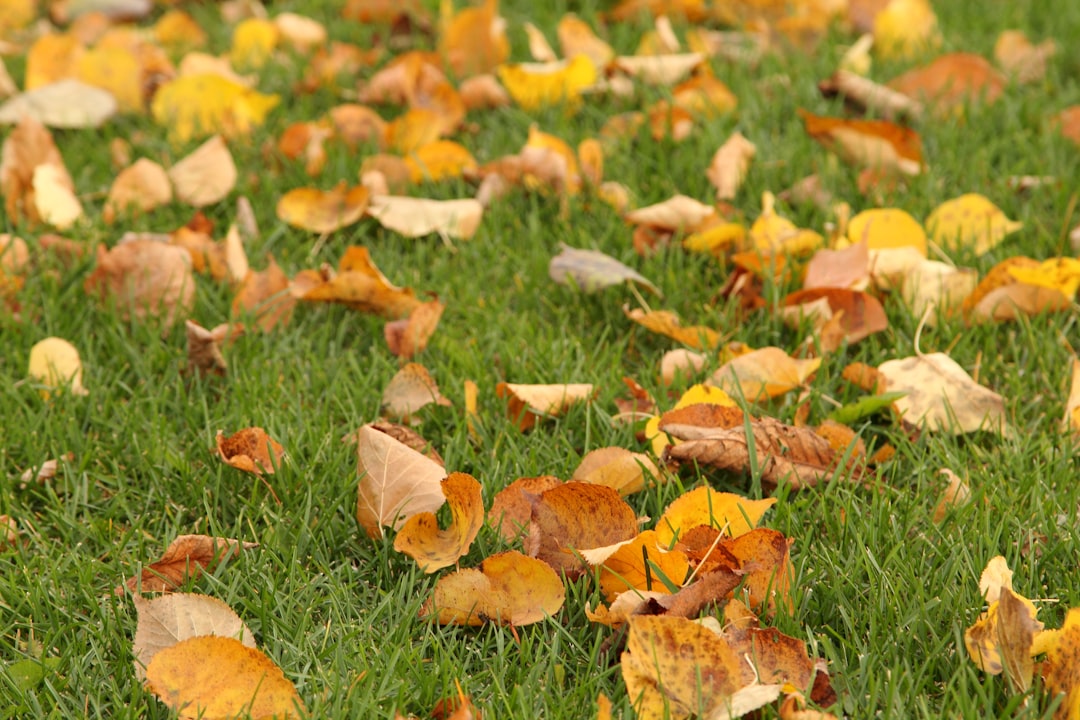
Fall is a magical season in the world of gardening, especially when it comes to dealing with popular garden perennials. These resilient plants have the ability to come back year after year, and fall presents the perfect opportunity to divide them, a practice that can significantly enhance their growth and blooming capabilities.
Perennials are the backbone of many beautiful gardens. They offer a wide range of colors, shapes, and sizes, adding diversity and charm to any outdoor space. However, over time, they can become overcrowded, which may lead to reduced blooming and overall health. Dividing them in the fall helps to alleviate this issue by giving each plant more space to thrive.
One of the key benefits of dividing perennials in the fall is that it encourages strong new growth. When you divide a plant, you essentially create new individuals from the parent plant. These new divisions have a fresh start, with access to more nutrients, water, and sunlight. As a result, they are more likely to develop a robust root system, which is essential for healthy above - ground growth. Strong roots can better absorb water and nutrients from the soil, leading to larger, more vibrant plants.
Another advantage is better blooming. Overcrowded perennials often struggle to produce an abundance of flowers. By dividing them, you allow each plant to focus its energy on flower production rather than competing for resources. This can result in a more spectacular display of blooms in the following growing season. Imagine a garden filled with colorful, healthy perennials, each showing off its full potential.
There are several popular perennials that are particularly well - suited for fall division. Hostas, for example, are known for their large, attractive foliage. Dividing hostas in the fall gives them time to establish new roots before the winter. When spring arrives, they will be ready to put on a show with their lush leaves. Daylilies are another great choice. These hardy plants produce an array of beautiful flowers. Dividing them in the fall can lead to more numerous and larger blooms in the next year.
Peonies are also excellent candidates for fall division. Although they can be a bit more challenging to divide compared to some other perennials, the rewards are well worth the effort. A properly divided peony plant can produce stunning, fragrant flowers for many years to come. Astilbes, with their feathery plumes of flowers, are also ideal for fall division. Dividing them helps to maintain their vigor and ensures a profusion of blooms.
When dividing perennials in the fall, it's important to follow the right steps. First, choose a cool, overcast day to minimize stress on the plants. Use a sharp, clean tool, such as a spade or garden fork, to carefully dig up the plant. Try to keep as much of the root system intact as possible. Once the plant is out of the ground, gently separate the divisions. Make sure each division has a healthy amount of roots and at least a few shoots.
Replant the divisions in well - prepared soil. Amend the soil with compost or other organic matter to provide the necessary nutrients. Water the newly planted divisions thoroughly. Mulching around the plants can help to insulate the roots and protect them from the cold winter temperatures. Keep an eye on the plants throughout the fall and winter, and make sure they receive enough moisture.
In conclusion, fall is truly the best time to divide popular garden perennials. By taking advantage of this season, you can transform your garden into a haven of beauty and vitality. The effort you put into dividing these plants will be rewarded with strong new growth and a spectacular display of blooms in the coming year. So, grab your gardening tools and get ready to give your perennials the care they deserve this fall.
